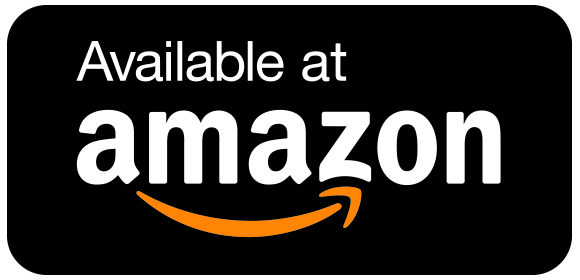Amazon: it’s big, and it’s up-front.
Hence the choice of the name, which begins with the letter A and is associated with the biggest river in the world (by some measures).
This week the supermarket world was struck by the news that the market research firm dunnhumby ranked Amazon BB #:283186 as number one in its 2020 retail preference index. Others in the first quartile were H-E-B, Trader Joe’s, Wegmans, Aldi, Market Basket, Sam’s Club, Costco, Publix, Target, Fresh Thyme, ShopRite, Sprouts, and Walmart (in that order).

The criteria? “A combination of how well-positioned a retailer’s customer value proposition is for long-term financial success, emotional bonds with customers and short-term Covid momentum,” says the dunnhumby report.
The announcement stimulated a lively discussion on the RetailWire website.
“Amazon is a formidable competitor in virtually any category it pursues, and I expect that it will build on the momentum from 2020 and continue to become an even bigger player in grocery,” contended Mark Ryski, founder and CEO of the HeadCount Corporation.
Others were more skeptical, such as Dr. Stephen Needel, managing partner of Advanced Simulations, who quipped, “Meaningless measure. They had toilet paper early on when everyone else was out.”
Indeed, I remember a black Amazon van showing up several times in front of the house across the street from me and unloading stupendous quantities of paper goods early on in the pandemic.
More concretely, Peter Charness, retail strategist at UST Global, wrote, “Considering that the survey doesn’t seem to include any metrics relative to volume, frequency, basket size or any other measure of ‘how much’ it’s a bit hard to tell, but preferred source?”
To judge from the report’s rather vague and opaque description of its methodology, the Amazon advantage had to do with short-term “Covid momentum”—meaning how well retailers responded to the pandemic. Since at-home delivery is generally perceived to be safer than in-store shopping, and Amazon’s principal business is at-home delivery, it is easy how this variable would have put the company ahead.
Furthermore, “Speed was a key difference maker in short-term financials during Covid,” says the report, “and customer bonds were more likely to be strengthened because of speed. The belief is that speed lowers the infection risk of Covid and helps keep customers safe.”
In short, speed and perceived safety propelled Amazon to the top of dunnhumby’s RPI. Whether it will stay there is less clear.
The Covid model “does not tell us what it takes to win with customers long-term,” the report observes, “since the Covid Era is a unique moment in time. However, we nor any retailer should dismiss the Covid Era changes in consumer behaviors or preferences as definitively temporary, especially given the length of the Covid Era and how long these new behaviors have had to wear new grooves in consumers’ brains and lives.”
One factor in calculating RPI is “emotional connection”: “likelihood to recommend; trust; Would be sad if closed.” On the face of it, you would think that Amazon is unlikely to do well on this score: it is easy to admire, but hard to love.
Amazon’s entry into brick-and-mortar supermarkets appears to be kind of a side business: if you have to have places where orders can be filled, you may as well let retail customers in too.



